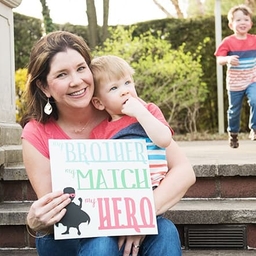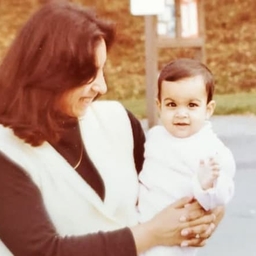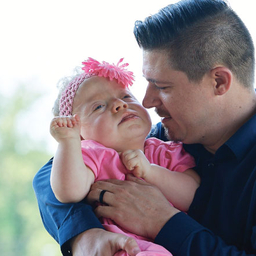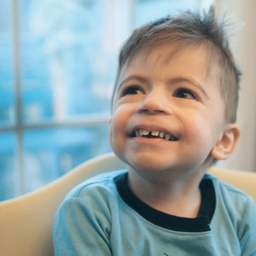
Nance Horan Syndrome: Chaz’s Story
Chaz was only two months old when his family learned he was nearly blind. Family history provided a clue to a rare genetic disorder called Nance Horan syndrome.
Omics helps us get closer to more precise treatments for every patient. Learn what omics means and how we’re revolutionizing the future of pediatric medicine.

Chaz was only two months old when his family learned he was nearly blind. Family history provided a clue to a rare genetic disorder called Nance Horan syndrome.

Bill’s hemophilia caused several serious health crises. After nearly 60 years of continual treatments, a gene therapy transformed his life.

For 50-plus years, Jay dealt with the frequent treatments needed for his hemophilia. A gene therapy put an end to the treatments and to the worry the disease caused him.

Luke’s repeated infections worried his parents and puzzled his doctors. Whole-exome sequencing helped CHOP researchers discover a new genetic disease causing his symptoms and determine the best course of treatment.

For the first 30 years of her life, Aliya needed monthly blood transfusions for her inherited blood disorder. A gene therapy changed everything.

Rosalie had been in and out of the hospital a few times at three months old before coming to the Kabuki Syndrome Clinic at CHOP for answers.

Genetic testing determined that Lexi had a very rare genetic disorder known as beta-propeller protein-associated neurodegeneration (BPAN).

Céline’s symptoms dramatically improved after she received a new gene therapy treatment for Type 1 spinal muscular atrophy (SMA) at CHOP.

Bobby and Amber moved from Chicago to Philadelphia so that their daughter, Violet, could receive care at Children’s Hospital of Philadelphia.

A multidisciplinary team at Children’s Hospital of Philadelphia provides care for Oliver who was diagnosed with Cornelia de Lange Syndrome.